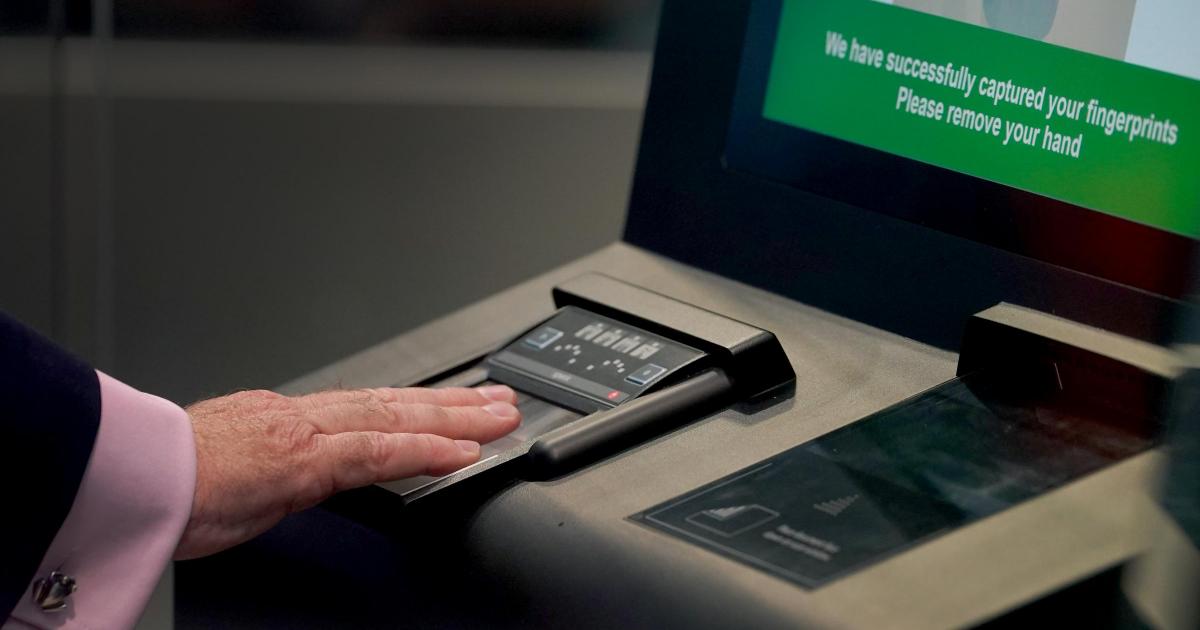The EU Entry/Exit system (EES) came into effect on October 12, requiring those with a UK passport heading for a short stay to register their biometric details.
These details, such as fingerprints and a photo, are collected when you arrive.
Here are all the countries where the new system will be implemented.
The new EU Entry and Exit System explained
What countries are affected by the new EU Entry Exit system?
The new border system will change requirements for British citizens travelling to the Schengen area, affecting all countries in the Schengen.
The full list is as follows:
- Austria
- Belgium
- Bulgaria
- Croatia
- Czech Republic
- Denmark
- Estonia
- Finland
- France
- Germany
- Greece
- Hungary
- Iceland
- Italy
- Latvia
- Liechtenstein
The new identity and fingerprint scanning area at the Eurotunnel terminal in Folkestone, Kent(Image: Gareth Fuller/PA Wire)
- Lithuania
- Luxembourg
- Malta
- Netherlands
- Norway
- Poland
- Portugal
- Romania
- Slovakia
- Slovenia
- Spain
- Sweden
- Switzerland
It is important to note that the Republic of Ireland and Cyprus are not within the Schengen area, so the new EES is not applicable when travelling to either of these countries.
How the new EU Entry/Exit System works
If you are travelling to any of the above countries for a short stay using a UK passport, you will be required to register your biometric details, such as fingerprints and a photo, when you arrive.
Nothing needs to be done ahead of time, and it is a free process.
Starting today, there are important changes to be aware of before you travel to Europe 👇
— Home Office (@ukhomeoffice) October 12, 2025
The new system rolled out on Sunday, October 12, however, at this stage, only one border point for each state must use the system.
At least half of the border points should be operating EES by January next year, with full activation for all eligible arrivals by April 10.
Recommended reading:
EES kiosks have been installed at London’s St Pancras railway station, the Port of Dover and Eurotunnel’s Folkestone terminal to enable many passengers to pass some of the EES checks before they meet a human border official.
The Home Office has warned of “longer wait times at border control”, while Advantage Travel Partnership advised visitors to southern Europe to “allocate four hours for navigating the new system”.
The new system is being introduced to improve border security within the EU and to stop overstaying.


